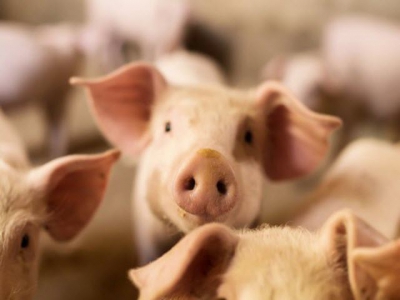4 keys to consider with organic acids in pig production

Different organic acid programs will need to be applied, depending on the goals
Organic acids can be a good alternative to antibiotics in pig production, but four key factors should be taken into account when determining the right organic acid program for your operation, said Angelo Lauwaerts, application development and technical science manager for animal nutrition, Eastman Chemical Company.
“With so many factors influencing the intestinal health and well-being of the piglets, it may be clear that there is no silver bullet to replace antibiotics. Depending on the goals, different programs will have to be developed combining a set of solutions to obtain the required results,” said Lauwaerts, speaking during the program, “Organic acids: An Opportunity for the U.S. Swine Industry to Reduce Antibiotic Use,” held January 26 at the International Production and Processing Expo (IPPE) in Atlanta.
Four things to consider when utilizing organic acids, according to Lauwaerts, are:
- Know what you are buying – Not all acids have the same results and not all mixtures or methods are the right one for you.
- Know what you are trying to accomplish – Many factors influence what combination would be the better choice for your production system
- Work with the right supplier – Your supplier should be deeply committed to safety and handling knowledge, and how it pertains to your company
- Be thorough in your research.
According to Lauwaerts, the first action of organic acids on the animal will be a reduction of the stomach pH, increasing the natural acid barrier for pathogens to enter the animal via the gastrointestinal tract.
While organic acids in pig production are more commonly used in Europe, he said, the movement is gaining ground in North America.
Related news
 Thermal images can be used to detect disease in pigs
Thermal images can be used to detect disease in pigs Measuring the radiated temperature of a group of pigs by infrared themography may be a useful tool for early detection of disease as some Canadian researchers
 Pig survivability project to reshape pork industry
Pig survivability project to reshape pork industry Increasing wean-to-finish survival of pigs 1% would add approximately 1.2 million pigs each year to U.S. industry.
 4 feed guidelines for breeding boars
4 feed guidelines for breeding boars Breeding boars account for 50 percent of the genes in market pigs, but they don’t receive a lot of attention when it comes to research